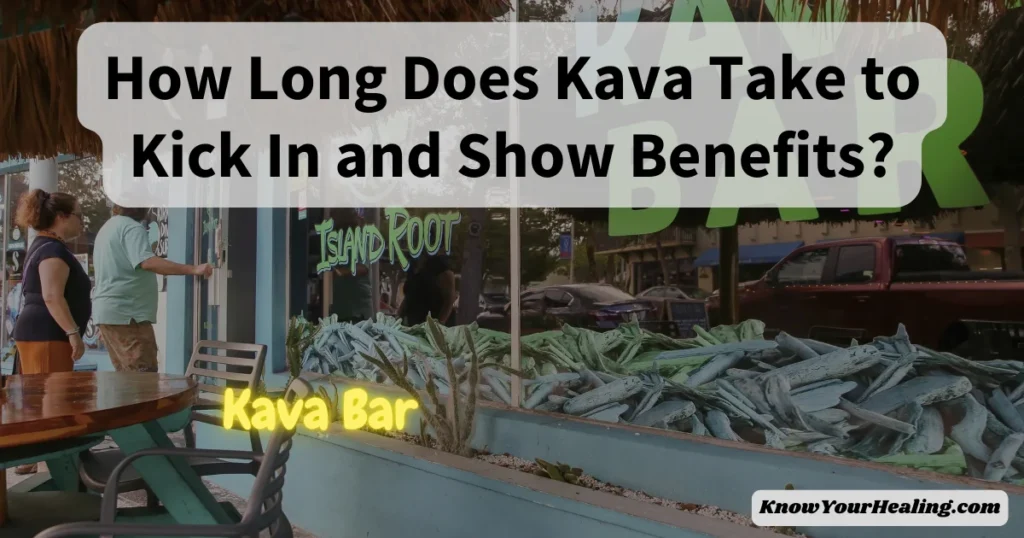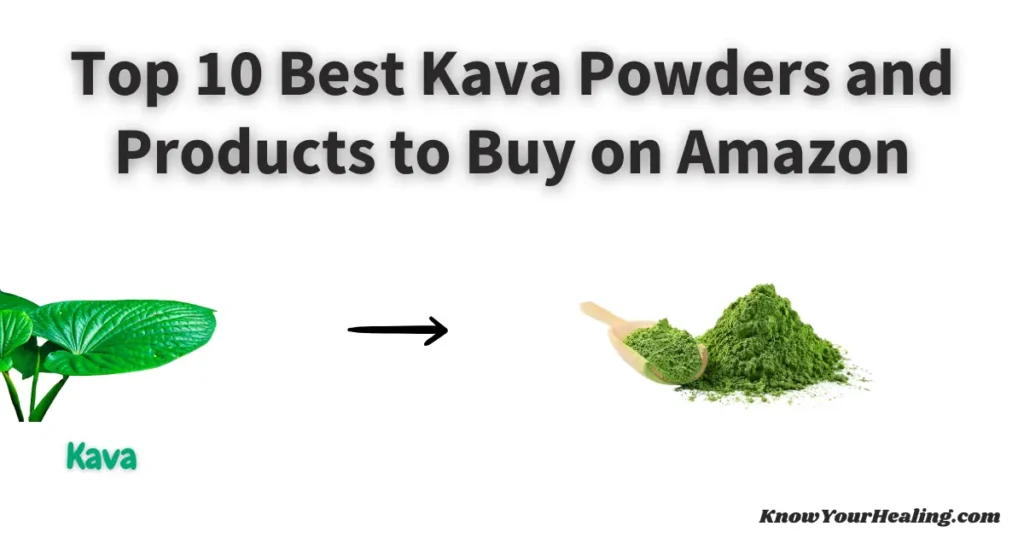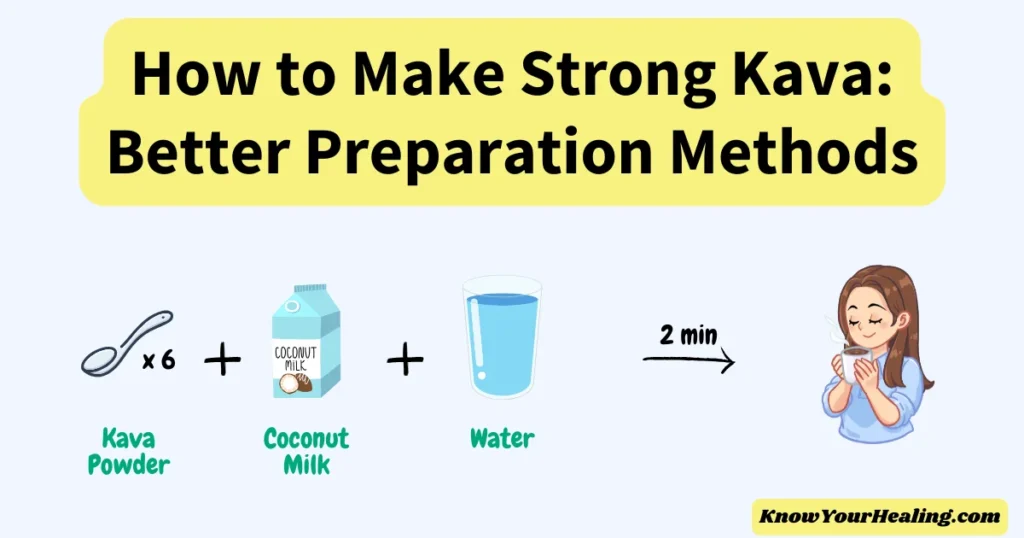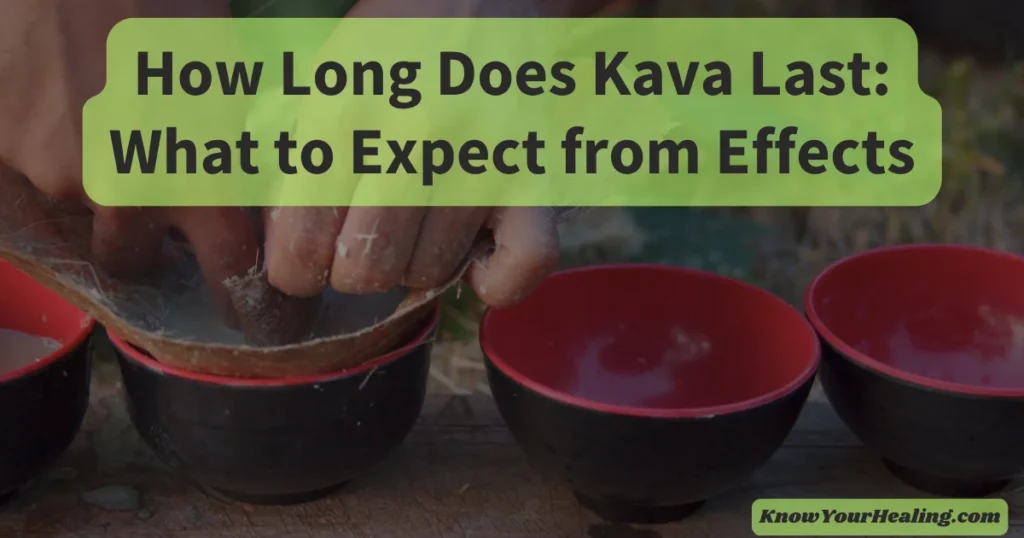How long does kava take to kick in?
This is a common question for those exploring the benefits of this popular plant. For many, kava takes effect within 15 to 30 minutes, creating a calming wave that eases through the body.
Many users report feeling kava’s effects as gentle relaxation or a sense of well-being. Most people experience the peak benefits around the two-hour mark, making it a favored choice for social gatherings or unwinding after a busy day. References to how quickly effects manifest and the duration of benefits highlight Kava’s unique allure.
With a growing interest in natural wellness, more individuals are curious about the timeline of kava’s benefits.
Understanding when kava’s effects kick in can enhance its use in daily routines. For those seeking alternatives to traditional relaxation methods, kava offers a promising option.
Understanding the Effects of Kava
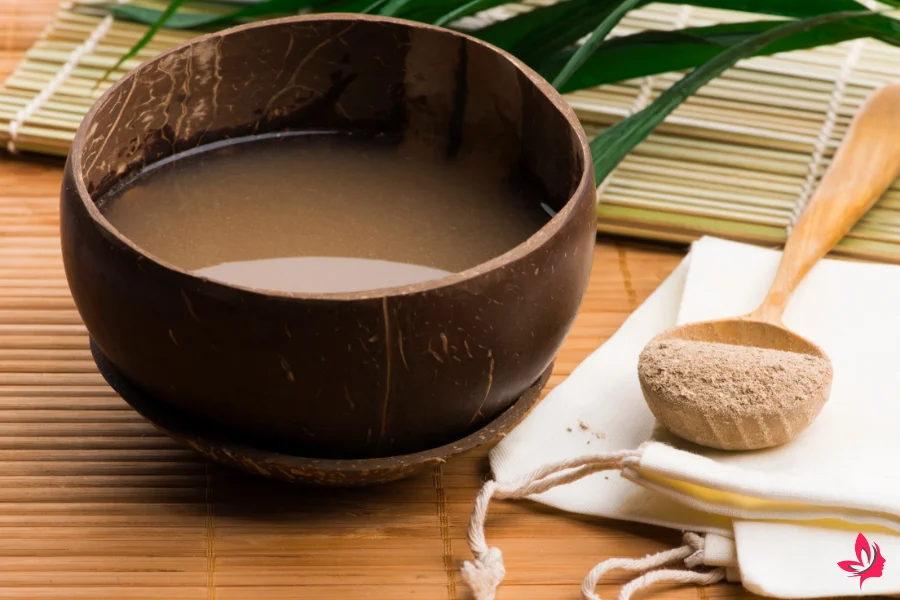
Kava, a popular choice from the South Pacific Islands, is often used for its calming effects.
Its psychoactive properties and calming benefits make it appealing to many who seek relief from anxiety disorders. Here’s a closer look at how kava works and why it has become favored recently.
What are the Psychoactive Properties of Kava?
Kava, made from the root of the kava plant, contains active ingredients called kavalactones, which are responsible for its psychoactive properties.
When you consume kavalactones, they interact with your central nervous system, leading to relaxation and mild euphoria. The effects of kava typically begin within 15 to 30 minutes and can last for up to six hours.
The onset of kava’s effects might vary based on the preparation method and whether you consume it on an empty stomach. Kava users often report a sense of calm, which has led to its use in traditional ceremonies and social gatherings.
Kava bars have emerged as modern spaces for enjoying the kava experience, providing environments that promote relaxation without the need for alcohol.
Kava’s Calming Effects and Anxiety Disorders
Kava is widely regarded for its calming effects, making it a promising option for those with anxiety disorders.
Clinical trials have shown that kava supplements can significantly reduce anxiety symptoms without the side effects common to prescription medications. These studies often use kava extracts to ensure consistent potency and effectiveness.
Despite its benefits, you should approach kava with caution due to reports of liver damage, particularly in those with pre-existing liver disease.
The World Health Organization recommends regulating kava consumption and advising users to seek medical advice if they encounter any adverse effects. Healthcare providers might be cautious in recommending kava for those with a history of liver issues.
Factors Influencing Kava’s Onset Time
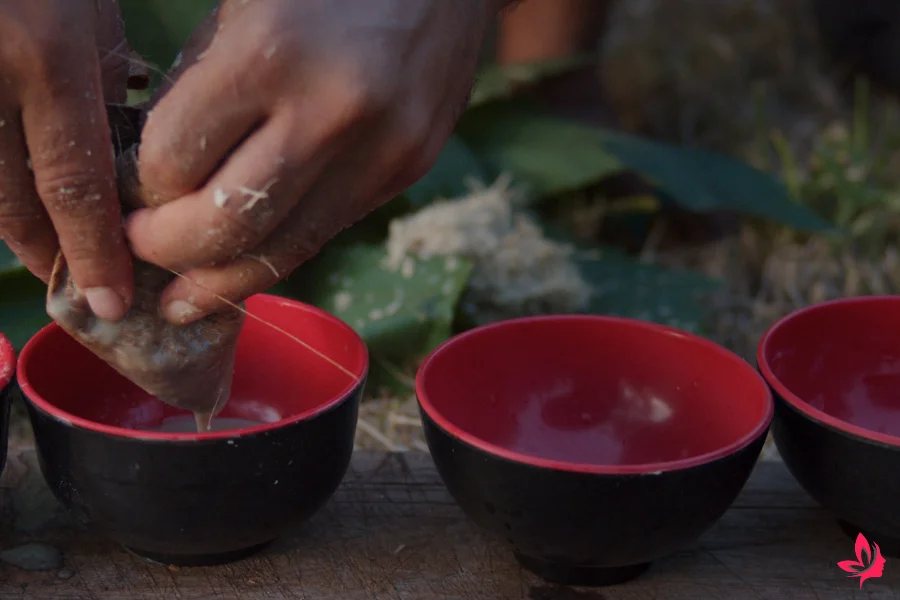
How long it takes for kava to kick in depends on several factors. These include whether you take it on an empty stomach and the type of kava product used.
Understanding these can affect the timing and experience of kava’s effects.
Does Taking Kava on an Empty Stomach Make a Difference?
Taking kava on an empty stomach can significantly influence how quickly its effects are felt. When consumed without food, kava is absorbed more rapidly, often producing effects in about 15 to 30 minutes.
This quick absorption is due to the body not needing to process other substances first. On the other hand, if you take kava after a meal, it may take longer to feel its calming effects because digestion of food slows absorption.
Kava users should be cautious when consuming kava on an empty stomach, especially those new to kava products. The effects might be more potent and could lead to discomfort.
First-time users should start with smaller amounts and observe how their body reacts. Adjusting intake based on personal tolerance is important to avoid adverse effects.
The Impact of Different Kava Products
The type of kava product used plays a crucial role in onset time. Traditional kava powders, often prepared by Pacific Islanders in ceremonies, usually take about 20 to 30 minutes to produce effects.
Meanwhile, kava capsules and extracts might take longer due to slower dissolution and absorption.
Instant kava, which typically includes finely ground or micronized kava, is designed for faster effects and can mimic traditional preparations more closely. Each product can vary in its concentration of active compounds, influencing how long kava takes to kick in.
Users should consider the product type and adjust their expectations and usage, especially when trying new products or brands.
The Duration and Peak Effects of Kava

The effects of kava can vary, depending on different factors such as the preparation method, body weight, and type of kava used. Peak effects typically occur within the first couple of hours, with the overall duration lasting several hours.
How Long Does Kava Last in the System?
Once kava starts working, its effects usually last between 4 to 6 hours. This can be influenced by whether you have an empty stomach or have ingested kava through different forms like kava tea or capsules. Some kava drinkers may notice milder effects that linger even longer.
In contrast, kava extracts might have a shorter duration because of their concentrated nature. Tudei kava, less commonly used in the United States, may have lingering effects the next day.
Given its central nervous system effects, kava’s different outcomes may change based on the individual’s metabolism and liver health.
Reverse Tolerance and Regular Kava Users
For those new to kava, it might not work for the first few uses. This phenomenon, known as reverse tolerance, means they might need to try kava multiple times before feeling its effects.
Regular users, or those who frequent kava bars, might experience peak effects more quickly and might not require as much kava to feel its calming effects.
South Pacific islanders traditionally use kava in ceremonial practices, and frequent consumption can lead to quicker onset times due to reverse tolerance. Understanding reverse tolerance can be crucial for new users looking to experience the full potential benefits of kava.
As with any dietary supplement, it is essential to consult a healthcare provider about kava use, especially for those with medical conditions or liver problems.
Safety and Side Effects of Kava
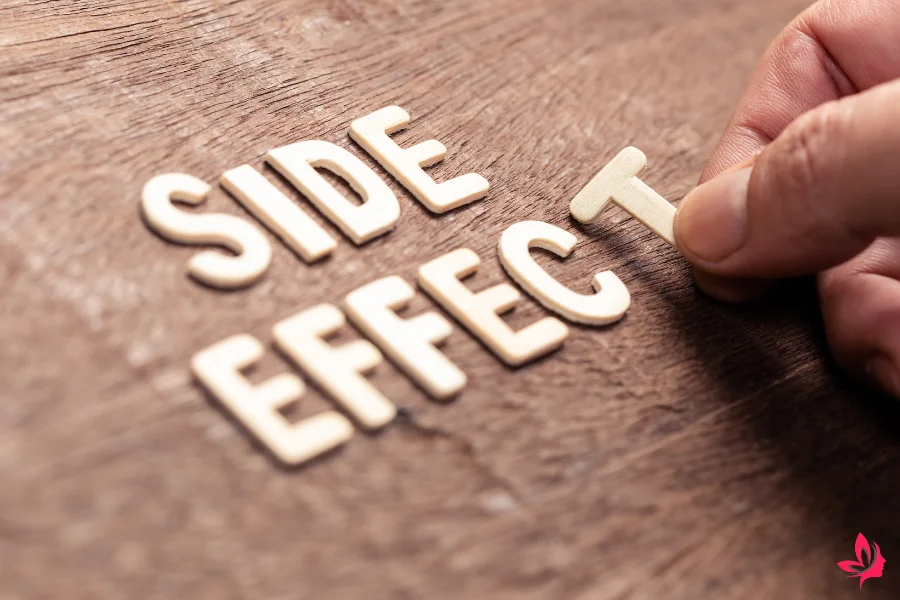
Kava consumption has gained popularity due to its calming effects and potential benefits in reducing anxiety. Despite its positive attributes, being aware of possible side effects and safety concerns is crucial.
Potential Liver Damage and Toxicity
Kava’s effects can be soothing, but there are reports of potential liver toxicity associated with its use. Some studies suggest that frequent kava consumption may result in liver damage or even liver failure.
This risk has led to restrictions and warnings in several countries, including the United States. Certain kava extracts, especially from the “tudei” variety, are thought to increase this risk.
Kava users should be cautious and seek medical advice if they have existing liver problems or are taking medications that affect the liver. Regular users are recommended to monitor liver enzymes.
For first-time users, starting with smaller amounts of higher-quality noble kava is suggested to minimize adverse effects.
Adverse Effects and Medical Conditions
Consuming kava, especially in large quantities, can have various adverse effects. These include dizziness, drowsiness, and visual disturbances.
People with certain medical conditions, such as anxiety disorders or liver disease, should consult a healthcare provider before trying kava. Additionally, the kava experience may differ based on body weight and metabolism.
Some kava products, like kava tea or capsules, may interact with prescription medications. This interaction can increase sedative effects, making driving or operating heavy machinery unsafe.
Due to these potential risks, ensuring that kava consumption is safe for individual health conditions and lifestyles is wise.
Different Types of Kava and Their Benefits
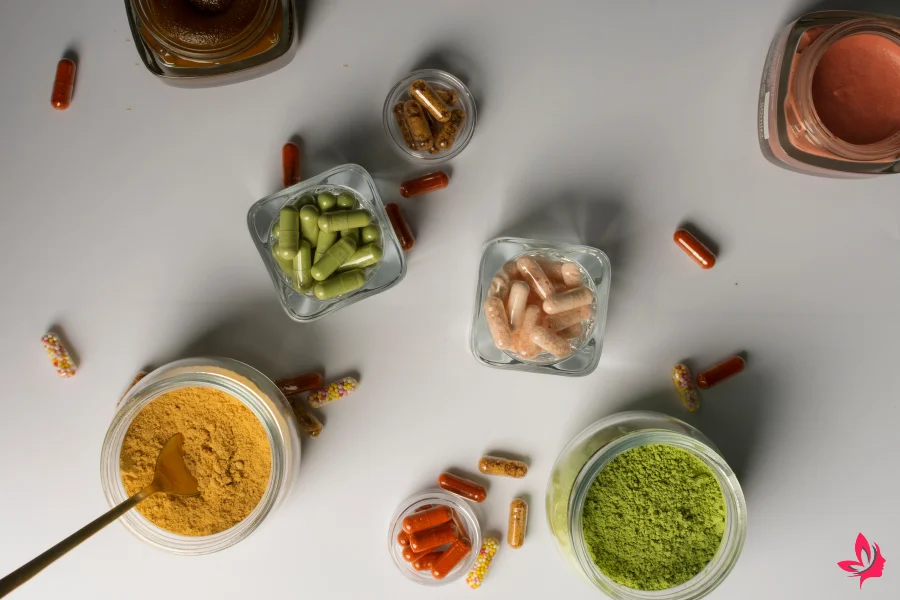
Kava, traditionally used in the South Pacific islands, offers calming effects and potential benefits for anxiety disorders. Different types of kava and their forms, such as kava extracts and supplements, have distinct characteristics and should be chosen carefully for the intended outcome.
Noble Kava vs. Tudei Kava
Noble Kava is the superior choice among kava users due to its relaxing yet clear-headed effects. It is known for being safe for regular use and contains fewer compounds that might cause adverse side effects.
On the other hand, Tudei Kava can induce more intense effects that may last into the next day. This type is often linked with adverse effects like nausea, which may affect kava consumption preferences.
Tudei Kava can also have a longer onset time than Noble Kava, making it less popular for social or everyday use. Noble Kava’s calming effects and use in traditional ceremonies make it a popular choice in kava bars and among those seeking to enjoy the benefits without excessive drowsiness or discomfort.
Kava Extracts and Kava Supplements
In recent years, kava extracts and supplements have become widely available, offering a convenient way to experience kava’s effects. These forms are typically concentrated, providing potent doses with consistent results.
Kava supplements can be found in capsules or as liquid extracts, making it easier to control the amount of kava consumed. When using kava extracts, individuals should consider factors like body weight and any medical conditions, as higher concentrations may increase the risk of liver toxicity.
It’s advisable to consult a healthcare provider before taking kava supplements, especially for those with existing liver problems or who take prescription medications. Understanding the active ingredients and the benefits of kava products can help users make informed decisions about their kava experience.
Traditional and Modern Uses of Kava

Kava has a rich history, stemming from its traditional roots in the South Pacific Islands, where it holds cultural significance. Today, kava has gained popularity across the globe, especially with the rise of kava bars, offering a unique kava experience.
Kava in South Pacific Islands and Traditional Ceremonies
In the South Pacific Islands, kava, derived from the root of the kava plant, plays an essential role in traditional ceremonies. Known scientifically as Piper methysticum, kava is used for its calming effects.
Island communities consume kava during important social and religious events. These gatherings involve traditionally preparing kava, often using coconut milk to enhance flavor, and serving it in communal settings.
Using kava is deeply tied to the culture and traditions, offering a sense of unity among participants. Kava ceremonies are revered for their ability to foster dialogue and introspection, contributing to their lasting importance in island cultures.
The Rise of Kava Bars and Kava Consumption in Recent Years
In recent years, kava consumption has expanded beyond its traditional roots. This is especially evident with the emergence of kava bars in the United States and other countries.
As of the latest data, there are approximately 400 kava bars across the United States and a breakdown of some notable kava bar brands and their locations by state:
| State | Brand | Locations |
|---|---|---|
| Florida | Kava Culture | Fort Myers, Bonita Springs, Naples |
| Root Kava Co. | Gainesville | |
| California | Mystic Water Kava Bar | Los Angeles, Long Beach |
| Kavahana | Los Angeles | |
| MeloMelo | Berkeley, Oakland | |
| Hawaii | Kava Kafe | Honolulu |
| Nectar Cafe | Hilo | |
| Colorado | Kavasutra | Denver |
| Rooted Kava Lounge | Boulder | |
| New York | Kavasutra | New York City |
| Brooklyn Kava | Brooklyn | |
| Texas | Kava Culture | Austin |
| SquareRüt Kava Bar | Austin | |
| North Carolina | Bula Kava Bar | Wilmington |
| Mad Hatters Ethnobotanical Tea Bar | Asheville | |
| Washington | Kava Social Club | Seattle |
| Kava Lounge | Olympia | |
| Oregon | Nalu Kava Bar | Portland |
| Bula Kava House | Portland | |
| Arizona | Kava Sutra | Tempe |
| Kava Bar Phoenix | Phoenix |
These bars offer kava in different forms, such as tea and drinks. Kava is sought after for its psychoactive properties and potential benefits in reducing anxiety.
Modern users appreciate kava for its ability to ease stress without the harsh impact of alcohol. Kava bars have become popular choices, where patrons enjoy socializing while experiencing the calming effects of kava.
With various kava products available, from kava concentrates to kava capsules, these establishments cater to a diverse range of consumers seeking a natural alternative for relaxation.
Final Thoughts
Kava effects tend to kick in within 15 to 30 minutes. They come in stages, often starting with a numbing sensation in the mouth. This indicates the onset of its relaxing properties.
Different factors can influence how quickly kava works. These include the form of kava used, the dosage, and individual body chemistry. Some may feel the effects sooner, while others might take longer.
Choosing a kava product sourced from the root is important to ensure safety and effectiveness. Always check for potential interactions with medications and consult a healthcare provider if unsure.
Key Takeaways:
- Kava typically works in 15-30 minutes.
- Effects last about 3-6 hours, depending on factors.
- Source kava from reputable suppliers.
- Consult with healthcare professionals for safe usage.
Frequently Asked Questions
Kava is known for its calming effects and is often used to relieve anxiety and stress. This section addresses common questions about its effects and safety.
How do you know if kava is working?
Kava usually starts to work when you notice a calming sensation, often within 15 to 30 minutes. Some people feel a slight numbing in the mouth. These sensations indicate that the kava is beginning to take effect.
How long does kava take to hit?
Kava generally takes about 15 to 30 minutes to take effect after consumption. Forms like capsules or weaker teas may take longer to show results.
Does kava give you a buzz?
Kava can produce feelings of relaxation and calmness, which some describe as a mild buzz. The intensity varies depending on the strength and amount consumed.
What are the immediate effects of kava?
Kava’s immediate effects often include relaxation, mental clarity, and reduced stress. Some might also experience a tingling or numbing sensation in the mouth.
Can you overdo kava?
Yes, excessive kava consumption can lead to adverse side effects like drowsiness, dizziness, or gastrointestinal issues. It is important to use it in moderation.
How fast does kava work for anxiety?
Kava can start to alleviate anxiety symptoms within 15 to 30 minutes after taking it. Its relaxing effects help reduce feelings of tension.
Is Kava reverse tolerance real?
Some individuals may not feel effects immediately but notice them more over time with regular use. This is known as reverse tolerance with kava.
Is kava hard on the liver?
Kava consumption can cause liver problems. It is advised to use kava responsibly and consult a healthcare provider, especially if it is used frequently.
Is kava psychedelic?
Kava is not considered psychedelic. It does not cause hallucinations but provides a calming and relaxing experience.
Does kava give you a hangover?
Kava is not known to cause hangovers like alcohol does. However, consuming large amounts might lead to grogginess or fatigue the next day.

